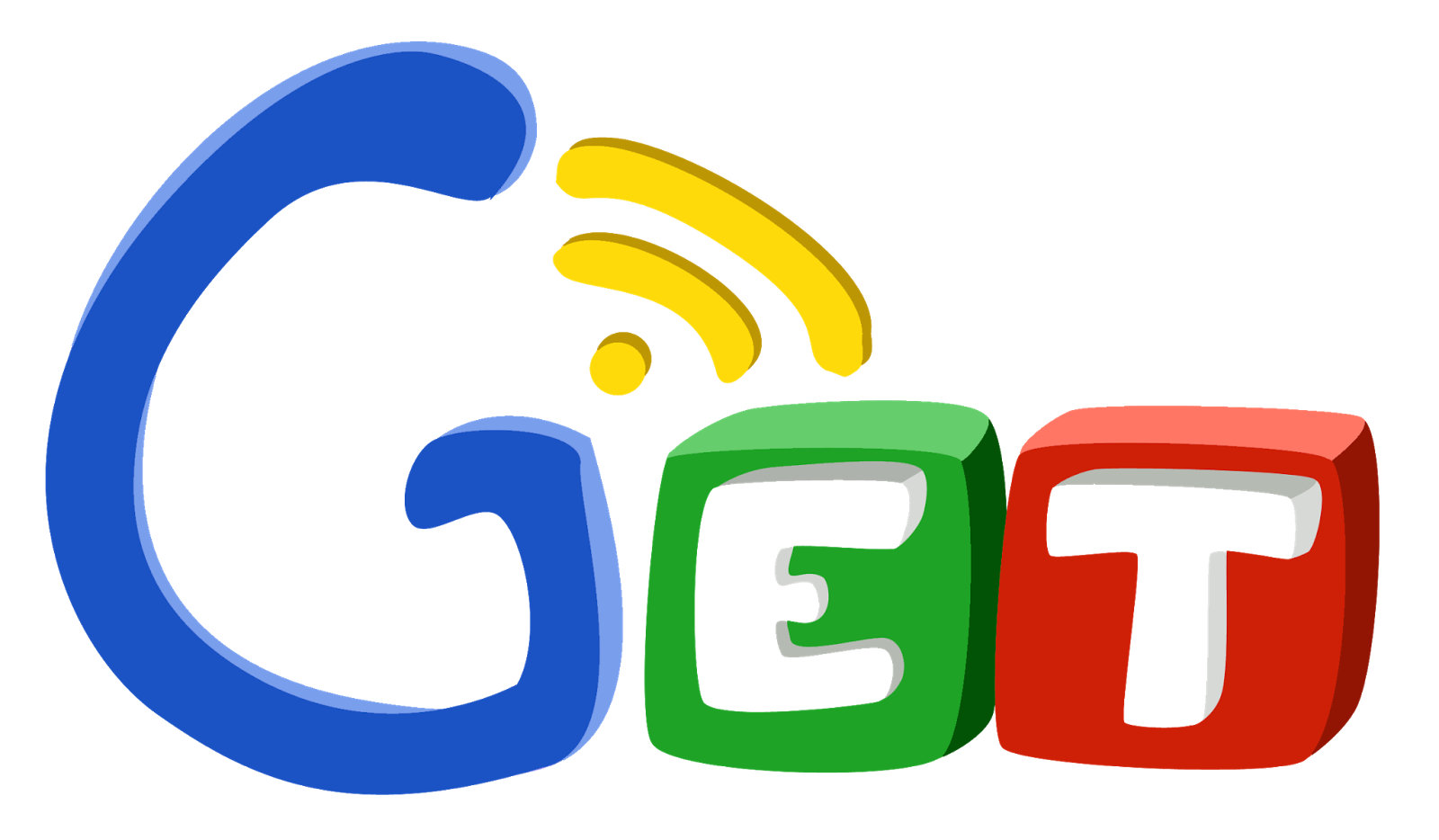Innovative Science Fair Projects: Ideas, Planning, and Success Strategies
Introduction: The Value of a Strong Science Fair Project
Science fairs are a unique opportunity for students to engage with the scientific process, develop critical thinking, and showcase their creativity. Choosing a good science fair project means selecting a topic that excites you, aligns with your grade level, and can be executed with available resources. Successful projects combine clear hypotheses, thorough experimentation, and compelling presentation. Below, you’ll find strategies for selecting, planning, and executing science fair projects, complete with actionable guidance, real-world examples, and alternative approaches.
How to Choose a Good Science Fair Project
The ideal science fair project starts with a topic that inspires curiosity. Begin by identifying subjects that fascinate you: biology, chemistry, physics, engineering, environmental science, or technology. Consult resources such as classroom textbooks, science websites, or your local library. For a comprehensive database of science projects searchable by grade, difficulty, and topic, visit Science Buddies [5] . Their Topic Selection Wizard can guide you to a project that fits your interests and needs.
When deciding, consider the following:
- Personal Interest : What scientific concepts spark your curiosity?
- Resources and Materials : Are the necessary tools and supplies accessible?
- Time Commitment : Can the project be completed within the time frame provided?
- Safety : Is the project safe to execute with proper supervision?
Projects that allow for hands-on experimentation and measurable outcomes generally impress judges and foster deeper learning [3] .
Top Science Fair Project Ideas
Below are several actionable project ideas for different grade levels and interests. Each includes implementation steps, examples, and alternative approaches.
1. Eco-Friendly Insulation
Test natural or recycled materials to see which keeps a model house warm most efficiently. This project teaches about heat transfer and environmental impact [1] .
How to implement: Build small model houses using identical containers. Insulate each with different materials (cotton, wool, shredded newspaper, foam). Place a warm object inside, monitor temperature change over time, and compare effectiveness. Record and analyze results.
Example: Many students have constructed insulated boxes and tracked the temperature loss with a thermometer, demonstrating which material retains heat best. Consider exploring the pros and cons of each material’s environmental footprint.
Alternative: Test insulation for hot and cold retention, or compare commercial vs. homemade solutions.
2. Solar-Powered Water Purifier
Build a solar-powered device to clean dirty water, exploring renewable energy and filtration [1] .
How to implement: Construct a basic purifier with a transparent container, water, and filtering media (sand, charcoal, cloth). Use a magnifying glass or solar panel to heat the water, observe the filtration process, and test water clarity before and after.
Example: Students have used solar stills to distill water, measuring before and after contamination levels. Document the purification process and improvements made during testing.
Challenges & Solutions: Achieving sufficient heat and filtration may require multiple design iterations. Experiment with filter combinations or solar panel angles for improved efficiency.
3. Plant Growth Under Different Lights
Investigate how various light sources (sunlight, LED, fluorescent) affect plant growth, connecting biology and physics [2] .
How to implement: Grow identical seeds in controlled containers under different light sources. Measure height, leaf color, and growth rate over several weeks. Record daily observations and graph results.
Example: Students have used bean plants to compare sunlight and artificial lights, discovering which promotes optimal growth. Some projects expand the study to include colored lights for further experimentation.
Alternative: Vary other growth conditions (soil type, water frequency) for deeper understanding.
4. DIY Fitness Tracker Accuracy
Construct a sensor-based fitness tracker and compare its accuracy with commercial models [1] .
How to implement: Build a simple pedometer using inexpensive sensors (gyroscope, accelerometer) and a microcontroller (like Arduino). Collect data during walks, then compare results with a store-bought fitness tracker.
Example: Students have programmed basic fitness apps, tested sensor accuracy, and identified strengths and weaknesses in DIY trackers versus commercial ones.
Challenges: Coding and hardware assembly may require research and troubleshooting. Seek help from online tutorials or local maker spaces as needed.
5. Disease Spread Simulation
Use a computer simulation to model how illnesses spread in a community, integrating biology and technology [1] .
How to implement: Program a simple simulation (using software like Scratch, Python, or spreadsheet macros) that tracks infection spread in a population. Adjust variables such as initial infection rate, social distancing, and vaccination.
Example: Students have created interactive models showing how changes in behavior can influence the speed and extent of disease outbreaks.
Alternative: Use physical models (colored water or beads) to demonstrate spread in real time.
Steps to Plan and Execute Your Project
Once you’ve selected your project, follow these steps for effective execution:
- Research : Gather background information from authoritative sources like Science Buddies [5] or educational organizations.
- Formulate Your Hypothesis : Clearly state what you expect to discover or prove.
- Design Experiments : Outline step-by-step procedures, materials, and controls.
- Conduct Tests : Follow your plan, collect data, and observe carefully.
- Analyze Results : Use graphs, charts, and statistical analysis when possible.
- Draw Conclusions : Summarize findings and evaluate if your hypothesis was correct.
- Prepare Your Presentation : Create visual aids, reports, and practice your oral presentation.
For more detailed instructions, review NASA’s science fair project video guide referenced by Waterford.org [3] .
Alternative Pathways and Additional Opportunities
If you seek further inspiration or specialized support, consider the following:
- Consult your school science teacher or local science center for mentorship and resources.
- Join online forums or student groups focused on science competitions. Many organizations provide free project materials, guidance, and feedback.
- Explore national competitions, such as the Regeneron Science Talent Search, by searching for their official websites and reviewing eligibility requirements and past winners.
- For engineering or coding projects, local maker spaces and clubs often offer workshops and collaborative environments.
Tip: If you are unsure how to access specific opportunities or programs, search for official names rather than assumed URLs. For example, to participate in NASA-sponsored science challenges, visit the official NASA website and search “student science competitions.”
Common Challenges and Solutions
Science fair projects can encounter obstacles, such as lack of resources, experimental setbacks, or difficulty presenting results. Overcome these by:
- Seeking alternative materials or simplified methods if supplies are limited.
- Consulting online guides, video tutorials, or your local library for troubleshooting advice.
- Practicing data recording and presentation skills early to build confidence.
- Asking for adult supervision for any experiment involving heat, chemicals, or sharp objects.
Key Takeaways: Making Your Science Fair Project Stand Out
Good science fair projects are those that combine curiosity, clear methodology, and thorough analysis. Use authoritative resources, seek guidance when needed, and document each step for judges and your own learning. Always verify information and avoid fabricated or placeholder links. For further inspiration, refer to reputable science education platforms and engage with your local science community.

Source: progressive-charlestown.com
References
- [1] EssayPro (2024). Best Science Fair Project Ideas: Top Experiments.
- [2] CareerVillage (2024). What are some High School Science Fair Ideas I should do?
- [3] Waterford.org (2024). 50 of the Best Science Fair Project Ideas for Kids.
- [4] Polygence (2024). 25 Science Fair Project Ideas From Easy to Hard.
- [5] Science Buddies (2024). Science Projects – Over 1,200 Free Science Projects.



